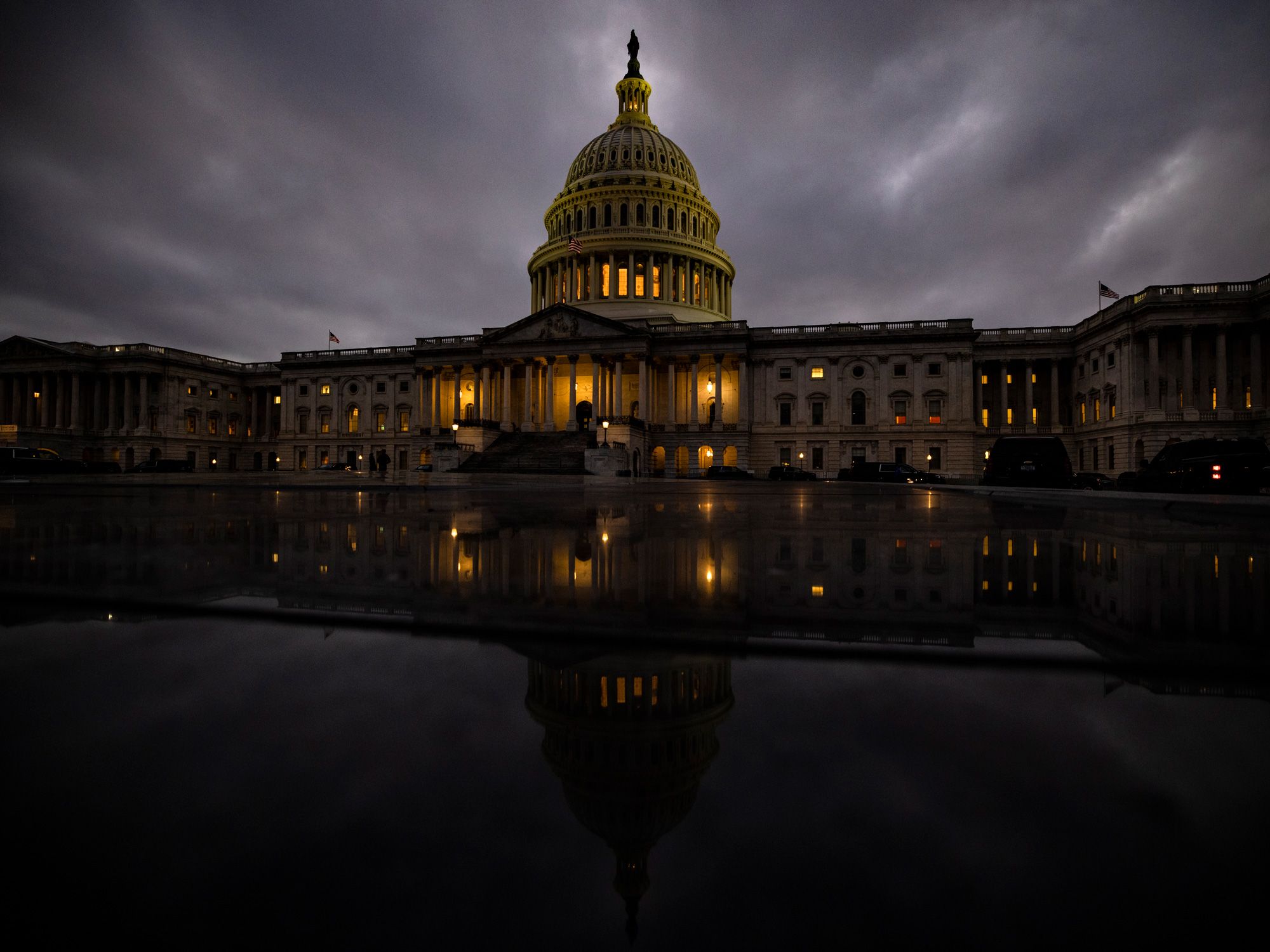The new round of $600 payments may be one of the highlights of the $900 billion stimulus package created by Congress on Monday, and currently awaiting President Trump’s signature, but it also includes a host of tax provisions that accountants and tax professionals should be aware of.
Among the more critical provisions, according to Mark Luscombe, principal federal tax analyst at Wolters Kluwer Tax Accounting are:
- Allowing the deduction of business expenses paid for with forgiven Paycheck Protection Program loans.
- Extension of the special charitable contribution provisions enacted for 2020 through 2021.
- Extensions, in some cases permanently, of many of the regularly expiring tax breaks that had been scheduled to expire at the end of 2020.
- Enhancements to the Child Tax Credit and the Earned Income Tax Credit for low-income families.
- Restoration of the 100 percent business meals deduction for two years to help the restaurant industry.
- Allowing COVID-19-related expenses to qualify for the above-the-line educator expense deduction.
- Clarification that certain financial aid received by college students and forgiveness of Economic Injury Disaster Loans to small businesses are excluded from income,
- Extension of the credit for paid sick and family leave enacted as part of the Families First Coronavirus Response Act through March 31, 2021.
- Extension of the employee retention credit through June 30, 2021.
- Extension of the time allotted for repayment of employee Social Security taxes deferred under a presidential memorandum through the end of 2021.
A number of the stimulus provisions represent direct aid outside of the tax laws, according to Luscombe. “These include extended unemployment benefits, additional funding for the PPP for small businesses, aid for schools, aid for airlines, and funding for vaccine distribution and virus testing.”
“This new bill resolves a number of issues surrounding the treatment of PPP loans, forgiveness and the treatment of related expenses, and it addresses how to calculate the impact of PPP on the basis of business owners,” said Robin Caruso, partner and co-leader of the National Tax Controversy Department at Top 100 Firm Prager Metis. “The biggest misconception regarding PPP loans is that all of the ambiguities have been addressed. The guidance has been fluid from the start and notices released as recently as this past November are being changed with the passing of this new bill.”
One provision provides a “lookback” for the Earned Income Tax Credit and the Child Tax Credit, noted Commonwealth co-founder and executive director Timothy Flacke.
“This underreported provision will ensure millions of low-income, vulnerable working families still receive critical tax refunds — thousands of dollars in many cases — over the next few months,” he said. “Tax preparers will play a critical role in ensuring that lower-income families benefit from the lookback to receive maximum tax credit, as families will need to choose their 2020 or 2019 earned income when determining eligibility for the Earned Income Tax Credit and the Child Tax Credit. There is potential for tremendous value for the clients of tax preparers in the next tax season if this provision is leveraged.”
An important provision is the decoupling of employment tax credits from PPP loans, according to Julio Gonzalez, CEO of Engineered Tax Services. “Under the CARES Act, you had to pick one over the other,” he said. “If you had a PPP loan you couldn’t claim the employee tax credit. Now you can do both.”
Although there is money for the states in the form of provisions for getting schools open, the new bill doesn’t contain the bailout provisions sought by many.
“The bill shows how effective lobbyists were for certain industries,” Gonzalez said, noting that craft breweries and racetracks got breaks. “The bill contains 5,600 pages, and members had less than an hour to look at it before they voted. It was all worked out behind the scenes and behind closed doors. How could they digest 5,600 pages in less than an hour and then go vote?”